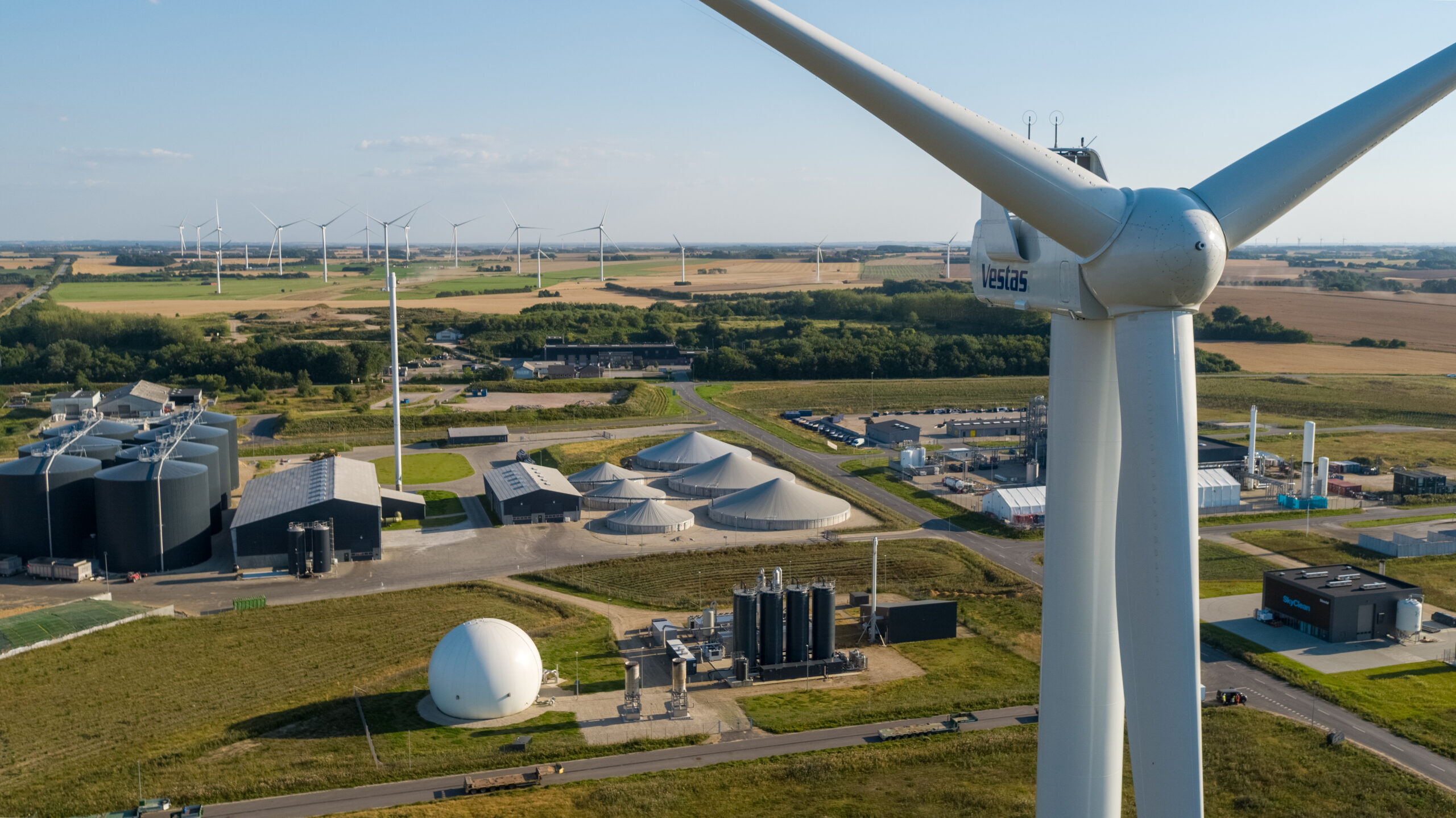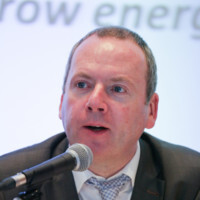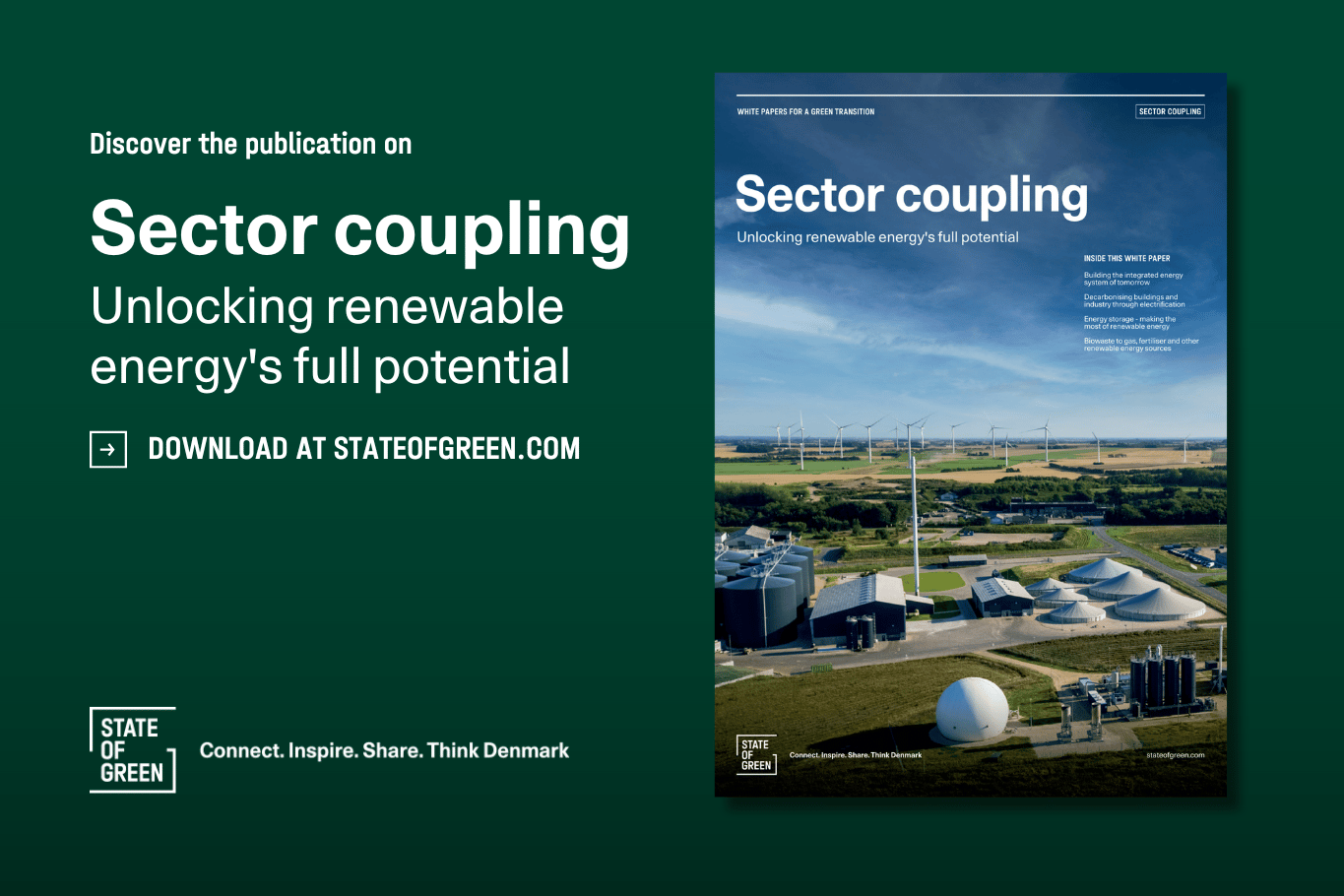Foreword by
Dr Brian Motherway
Head of Energy Efficiency and Inclusive Transitions, International Energy Agency (IEA)
Perspective
Sector coupling
Energy efficiency in buildings
Energy efficiency in industry

Photo credit: GreenLab A/S


Dr Brian Motherway
Head of Energy Efficiency and Inclusive Transitions, International Energy Agency (IEA)
There are strong signs that the clean energy transition is accelerating. This was cemented in 2023, when every government at COP28 committed to work together to collectively double the global average annual rate of energy efficiency improvements and recognised the role of energy efficiency as the “first fuel” in the clean energy transition.
Actions to promote sector coupling, such as the electrification of buildings, transport and industry, are key to unlocking efficiency gains and fully exploiting the growing potential of cheap renewable electricity. But seizing these opportunities also requires a rethink of how the power grid and end-use sectors interact with each other. Of all the energy-related goals agreed at COP28, doubling energy efficiency progress has the potential to provide the greatest emissions reductions by 2035, but only if governments act today. We know the steps we need to take to achieve the doubling. It means much more efficient cars, buildings and industrial processes everywhere, and consumers that are able to use energy when it is cheapest and most convenient. Electrification is the common enabler of all of this. In 2022, electricity accounted for 20 percent of global energy consumption. By 2030, that share rises to nearly 30 percent if the COP28 goals are fully implemented, as demand for heat pumps and electric vehicles soars, and consumers enjoy greater access to high-efficiency appliances.
All that power moving in new and complex patterns around our energy systems requires a new approach to energy efficiency, as technologies that allow us to shift demand also allow us to move beyond a static view of energy savings. Heat pumps use much less energy than the systems they replace, but they can also provide a valuable source of flexibility. With millions of new installations on the horizon, we must develop our thinking to better encapsulate this new, dynamic picture. In this more interconnected world, we must strengthen the interlinkages between sectors that have historically been distinct from each other.
By integrating energy and data flows across sectors we can deploy the technology that will ultimately diversify our energy supply – maximising our use of renewables while reducing our dependence on fossil fuels. Not only does this lead to a smaller energy system overall, but also a smaller price tag – along with better, more comfortable homes, more breathable air and greater resilience to future energy shocks. We need to see more governments and industries setting a strong example of action on sector coupling. The IEA is committed to supporting these initiatives and facilitating global cooperation to drive the energy transition forward.

Discover the hidden potential of sector coupling in this white paper, offering valuable insights and practical solutions that can inspire and guide global efforts towards a green and sustainable transition.
Discover the white paper